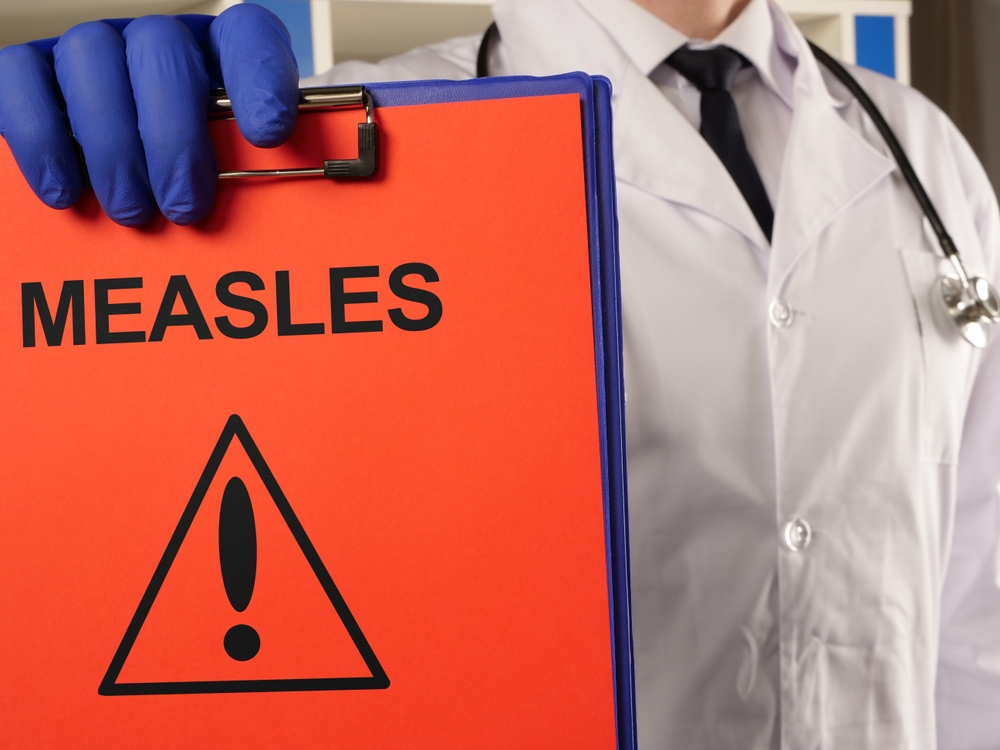The United States has reported over 1,000 measles cases in 2025, marking the second-worst year for the highly contagious disease since it was declared eliminated in the country 25 years ago. Health officials warn the nation is on track to surpass the 2019 record of 1,274 cases, driven by a growth multistate outbreak that continues to expand.
A majority of cases—over 800—are linked to an outbreak centered in West Texas, which has now spread to New Mexico, Oklahoma and potentially Kansas. Additional outbreaks have emerged in Ohio, Montana and Michigan, with new cases expected to be reported in the coming days. Experts caution that current figures likely undercount the true toll, as many infections go unreported.
During the year 2000, measles was declared eliminated in the U.S. due to widespread vaccination efforts however it has resurged in recent years amid declining immunization rates. According to the Centers for Disease Control and Prevention (CDC), only about 4% of this year’s cases occurred in individuals who received at least one dose of the measles-mumps-rubella (MMR) vaccine. Roughly 13% of patients have required hospitalization, and three fatalities have been confirmed—matching the total number of measles-related deaths reported over the prior two decades.
The CDC, which updates national case counts weekly, reported 935 cases as of Friday, 2nd May, 2025. However, its totals often lag behind state-level data, which indicate the current count has surpassed 1,002. The agency has also ceased disclosing state-specific details, complicating efforts to track the outbreak’s full scope.
Health and Human Services Secretary Robert F. Kennedy Jr. has signaled plans to push the CDC to explore new treatments for measles and other diseases, though vaccination remains the most effective prevention strategy. Public health officials urge families to ensure children receive the two-dose MMR vaccine, which is 97% effective at preventing infection.
As the outbreak grows, concerns mount over the potential for further spread in under-vaccinated communities, underscoring the fragility of public health gains in an era of increasing vaccine hesitancy.
Source: CDC



